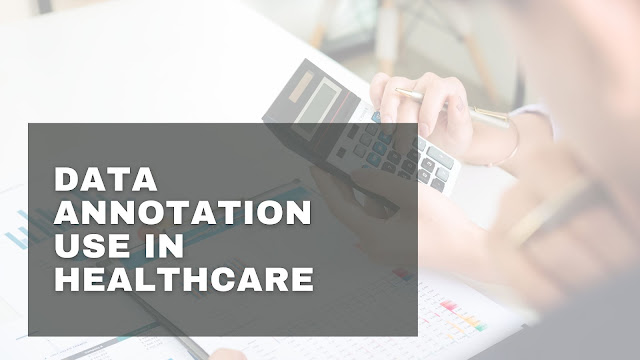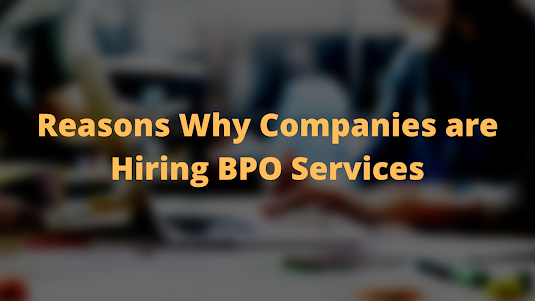Data Annotation Use in Healthcare
Data Annotation in Healthcare
The healthcare sector is one of the largest generators of data. It contributes to 30% of the total data generated in the world, as of 2022. By 2025, the number is expected to reach 36%. The increase in sources of data such as wearables and mobile apps, and the digitisation of health records are contributing to this explosion.
It is common knowledge that artificial intelligence can perform complex computations and calculations much faster than the human mind. For example, artificial intelligence can help radiologists save up to 60 minutes per day by helping them avoid repetitive tasks. For AI to perform to its fullest potential, the algorithm needs to be trained to read, say, x-rays. It has to see many x-ray images of a specific type to identify patterns. That’s where data annotation comes into the picture. It helps in labelling data for machines to interpret them correctly and get trained properly.
Types of Data Annotation Services in Healthcare
Image annotation refers to the annotation of data such as medical imaging, including radiology reports, to enable faster and more accurate analysis of medical images. Data annotation services not only identify patterns in images but also draw lines, around tumours, for example, to help machines identify these images correctly.
Video annotation refers to labelling video data such as footage of surgeries to train algorithms for activities like robotic surgeries. Again, it involves labelling video data with not only high precision but also domain expertise. For example, if the video footage is of cardiac surgeries, an understanding of cardiology is needed for this activity.
Audio annotation refers to annotating audio data and listening to each word carefully and is particularly useful in speech recognition and increasing the effectiveness of virtual assistants or chatbots. For example, if someone wants to use a virtual assistant to find a doctor or schedule an appointment, audio data annotation enables them to receive accurate responses.
In a nutshell, data annotation services have a huge role to play in healthcare. Given the crucial nature of healthcare data and their implications, it is important to choose the right data annotation platform.
FiveS Digital has extensive experience in providing data annotation solutions for the healthcare sector. We offer a full range of data annotation solutions, including text, image, audio, and video annotation services. Our team of data annotators have extensive experience in pattern recognition and are well trained to understand the nuances of healthcare data.



Comments
Post a Comment